- Antipasti
- Bella Italia
- Dessert
- Drinks
- Favorite Italian recipes
- Main courses
- Pasta
- Pizza
- Side dishes and salad
- Tips & Knowledge
Make your own fusilli
Making fusilli yourself is an art. An art that you can learn. For this pasta shape, you need a pasta dough without egg. It is prepared using only durum wheat semolina, water and a little salt. You should definitely give it a try! Homemade fusilli tastes simply divine.
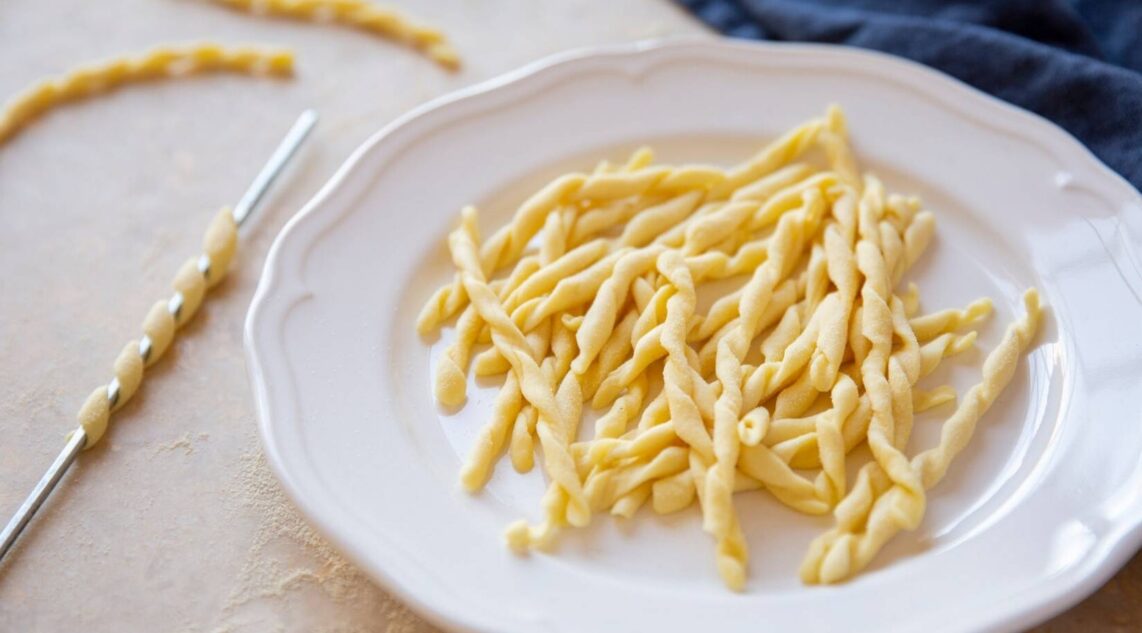
Schritt für Schritt durch´s Rezept
- Step 1Place the semola on the work surface and make a hole in the middle. Add the salt and water and mix and knead until the dough is elastic and smooth. Shape the dough into a ball, cover with plastic wrap and leave to rest in the fridge for 1 hour.
- Step 2Once the dough has rested, cut it in half and flour your work surface.
- Step 3Shape one half into a long roll with the diameter of your little finger.
- Step 4Cut the roll into 1 cm wide pieces.
- Step 5Now roll each individual piece until it is only 5 millimetres thick and place them all on the floured surface.
- Step 6Now take a dough snake, place it with one end on one end of the needle, hold it there and wrap the dough in a spiral around the knitting needle with the other hand.
- Step 7Slide the finished noodle off the needle and allow it to dry.
The spiral noodle has an exciting history
Fusilli is a helically twisted, short type of pasta. The name refers to the Italian word “fuso” and means spindle. Legend has it that they date back to the 16th century and were invented in Florence. The son of a cook is said to have wrapped scraps of dough around knitting needles while playing. The birth of fusilli!
In reality, they come from Campania. In the pasta mecca there, the small town of Gragnano, spaghetti is still made by hand today by rolling it on a wire and then drying it. It sounds simple, but it’s not: it’s a question of speed and the strength of the hand movement. If you are too slow, you won’t get the right shape, if you use too much force, you won’t get the characteristic hole that characterizes pasta.
Manufacturing is a fine art, a craft that only a few have mastered. Even today, some companies reserve part of their factory for teaching this tradition. The art of preparation is really not easy, which is why wealthy families used to call in specialist housewives if they wanted to enjoy perfect fusilli.
By the way, handmade fusilli is much longer than supermarket fusilli. The shorter format can be easily produced by machine, is less prone to breakage and is therefore much more suitable for mass sale.
Are fusilli and spirelli the same thing?
You won’t be able to buy spirelli in Italy. The word spirelli is a German invention. The Duden dictionary states that it is a “factually incorrect Italianized word formation for spiral.” We suspect that it was created in the GDR and then spread throughout Germany. However, if you buy industrially produced fusilli, you will get exactly the pasta that you understand by spirelli.
Which sauce for fusilli?
Thanks to their twisted shape, fusilli are ideal for preparing with sauces that penetrate directly into the grooves of the pasta. Some of the best-known recipes are “alla napoletana” (tomato sauce with bacon and ricotta), “alla molisana” (tomato sauce with lamb) and “al forno” (baked in tomato sauce with cheese). Fussili also go well with summer pasta salads.
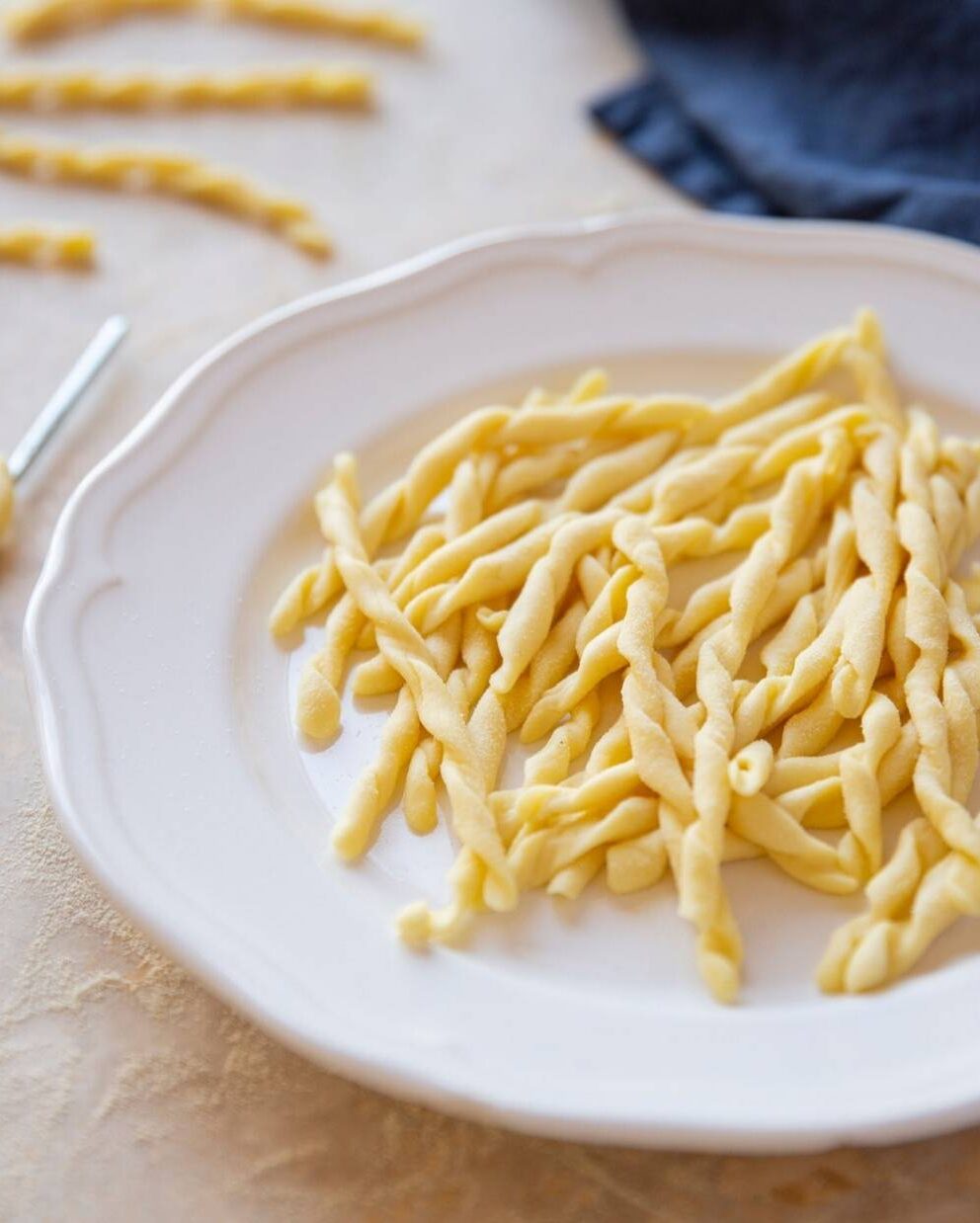
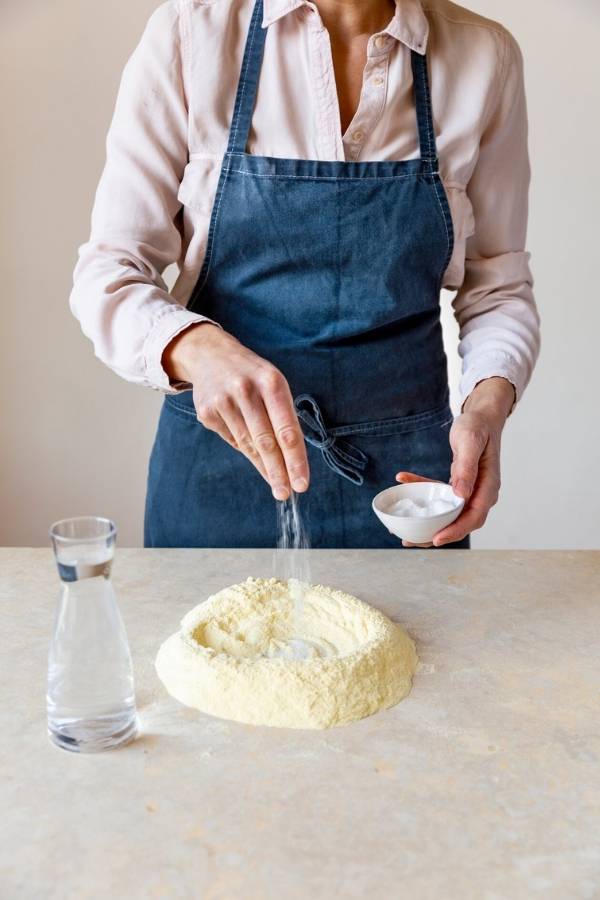
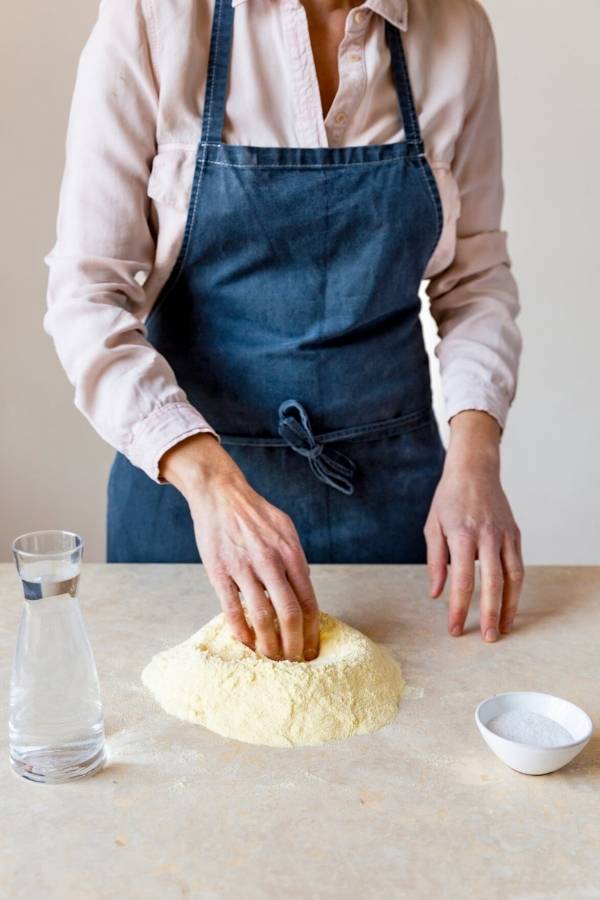
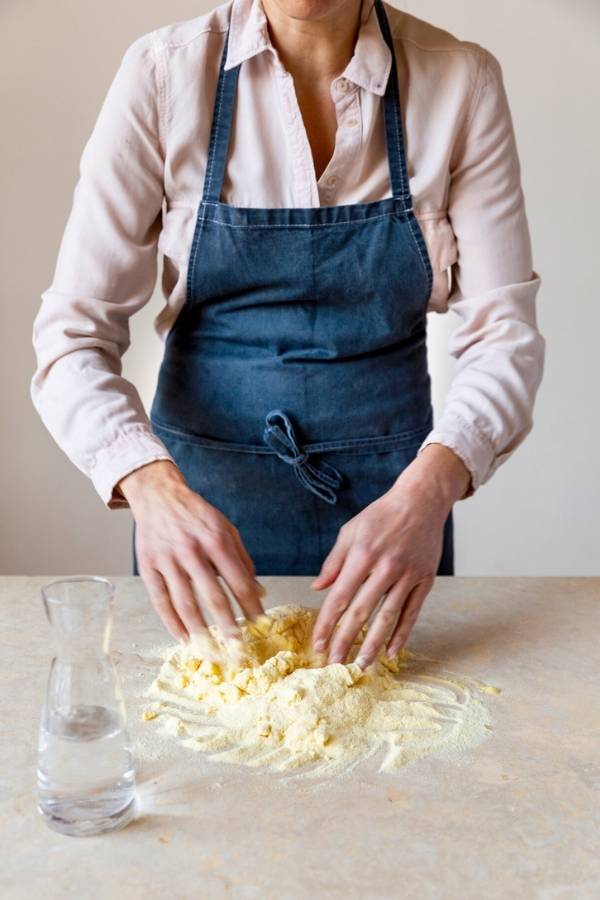
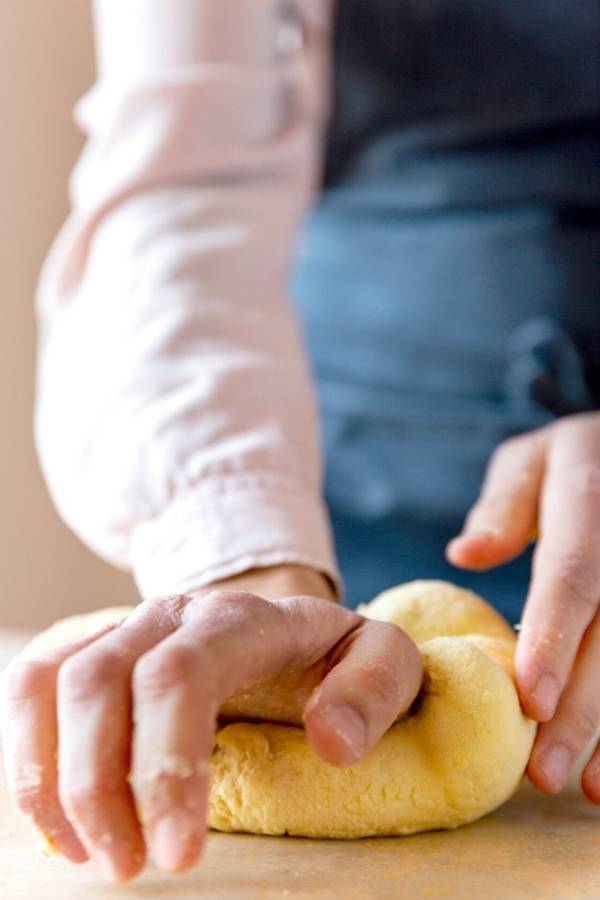
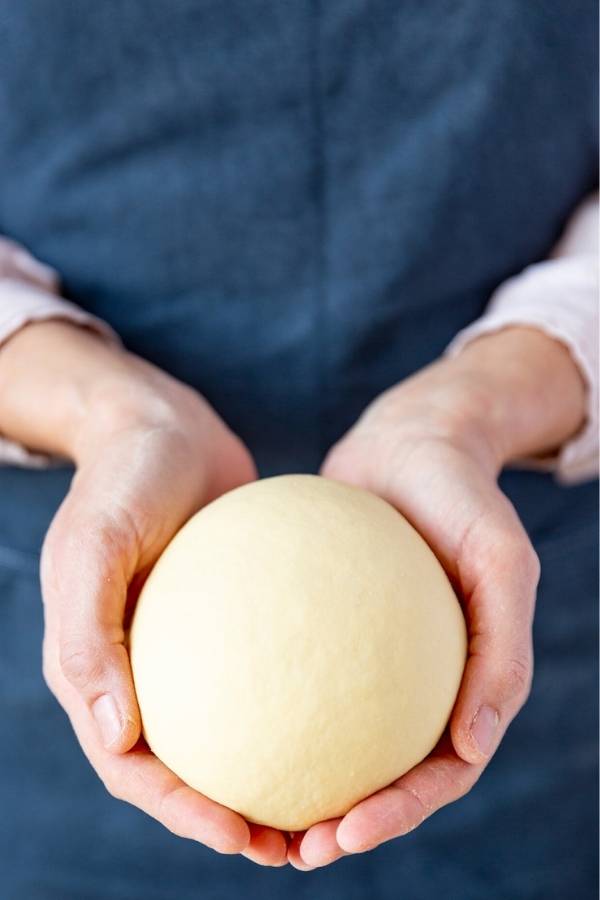
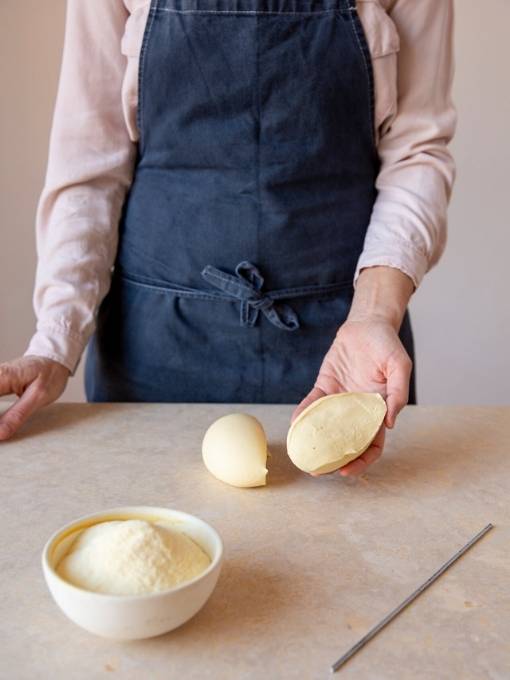
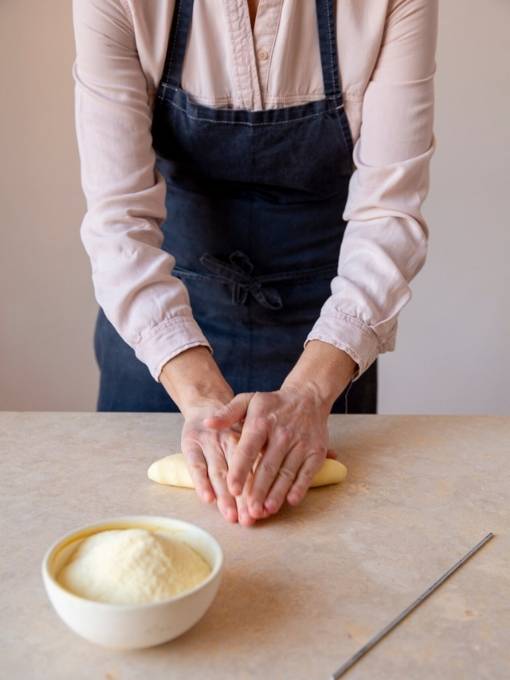
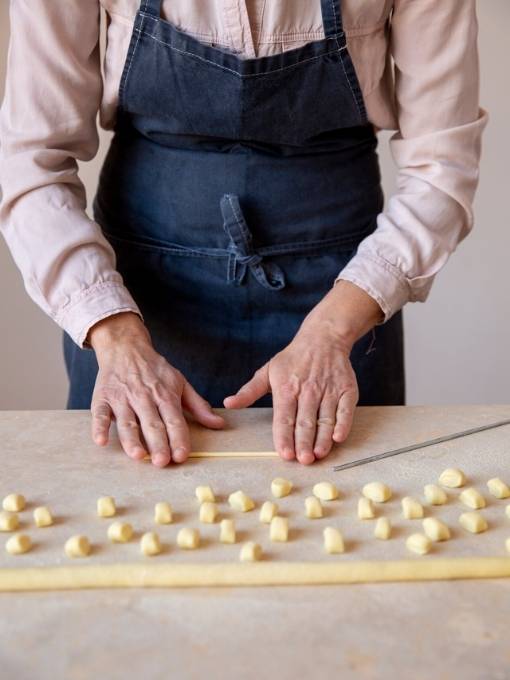
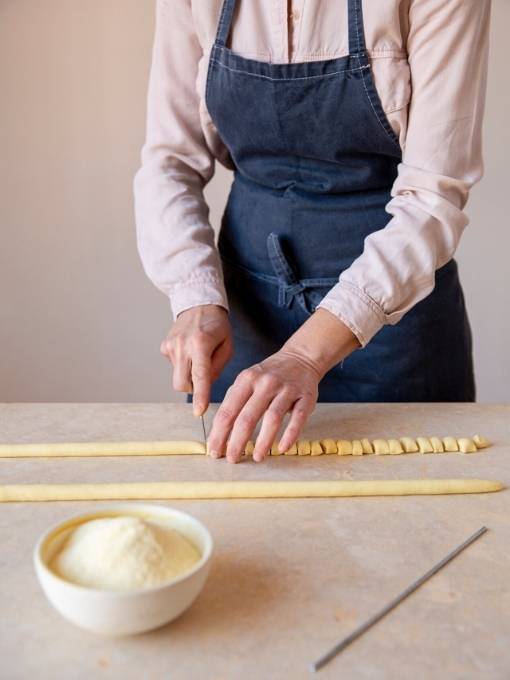
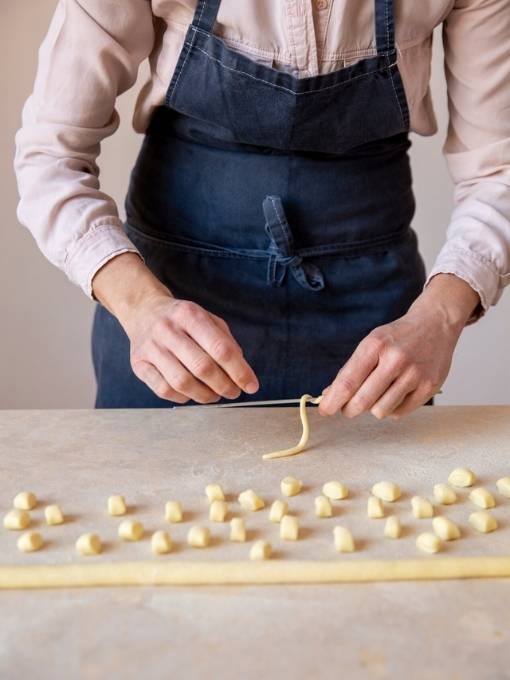
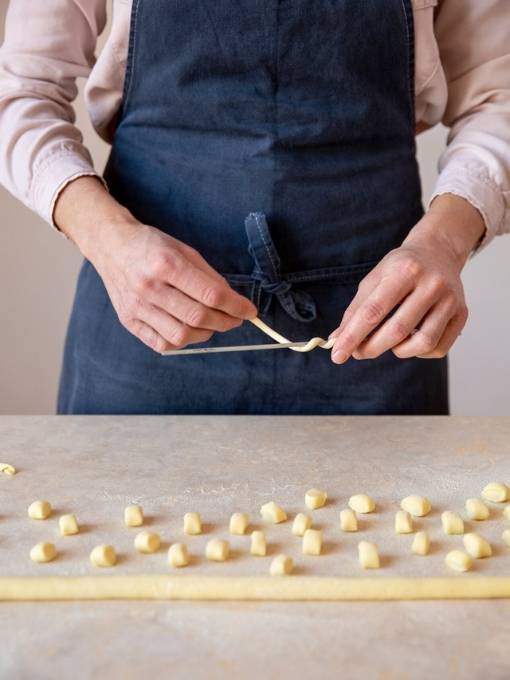

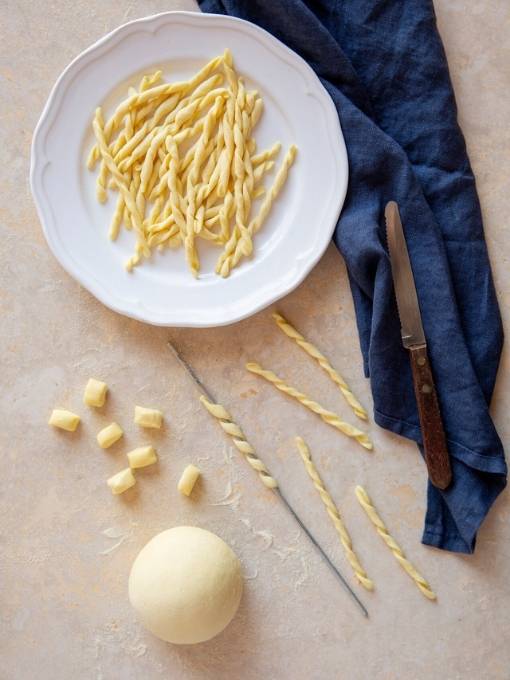


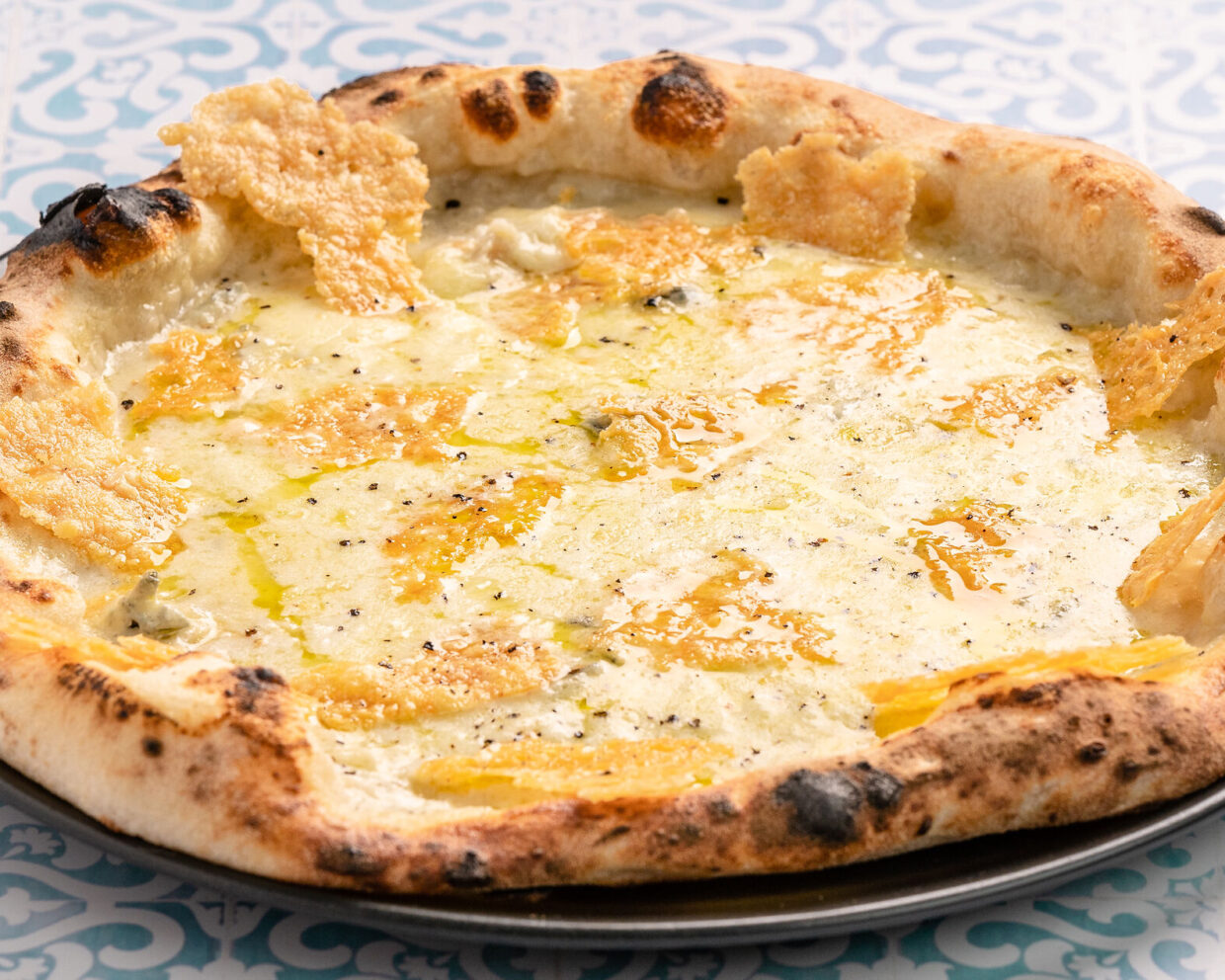
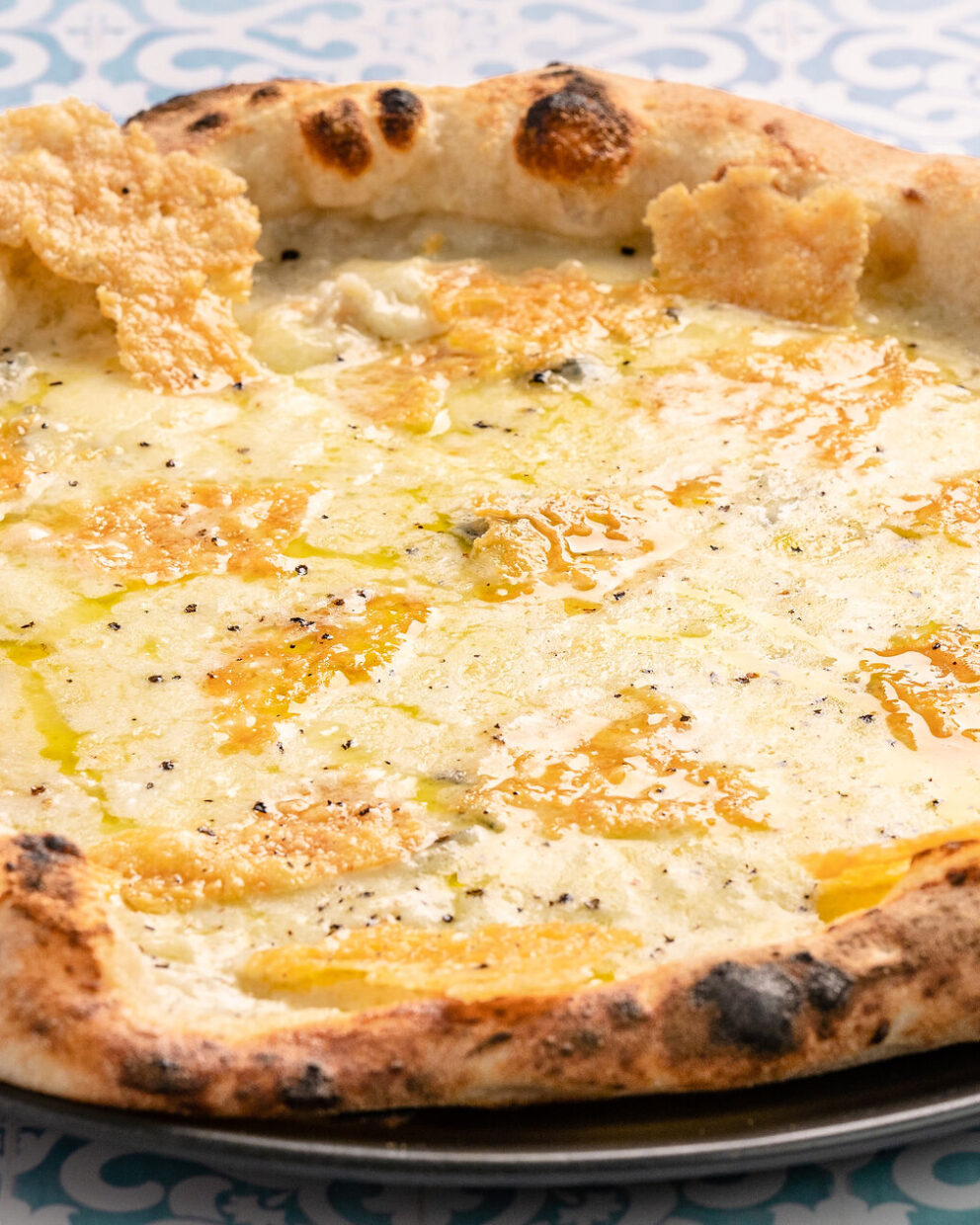


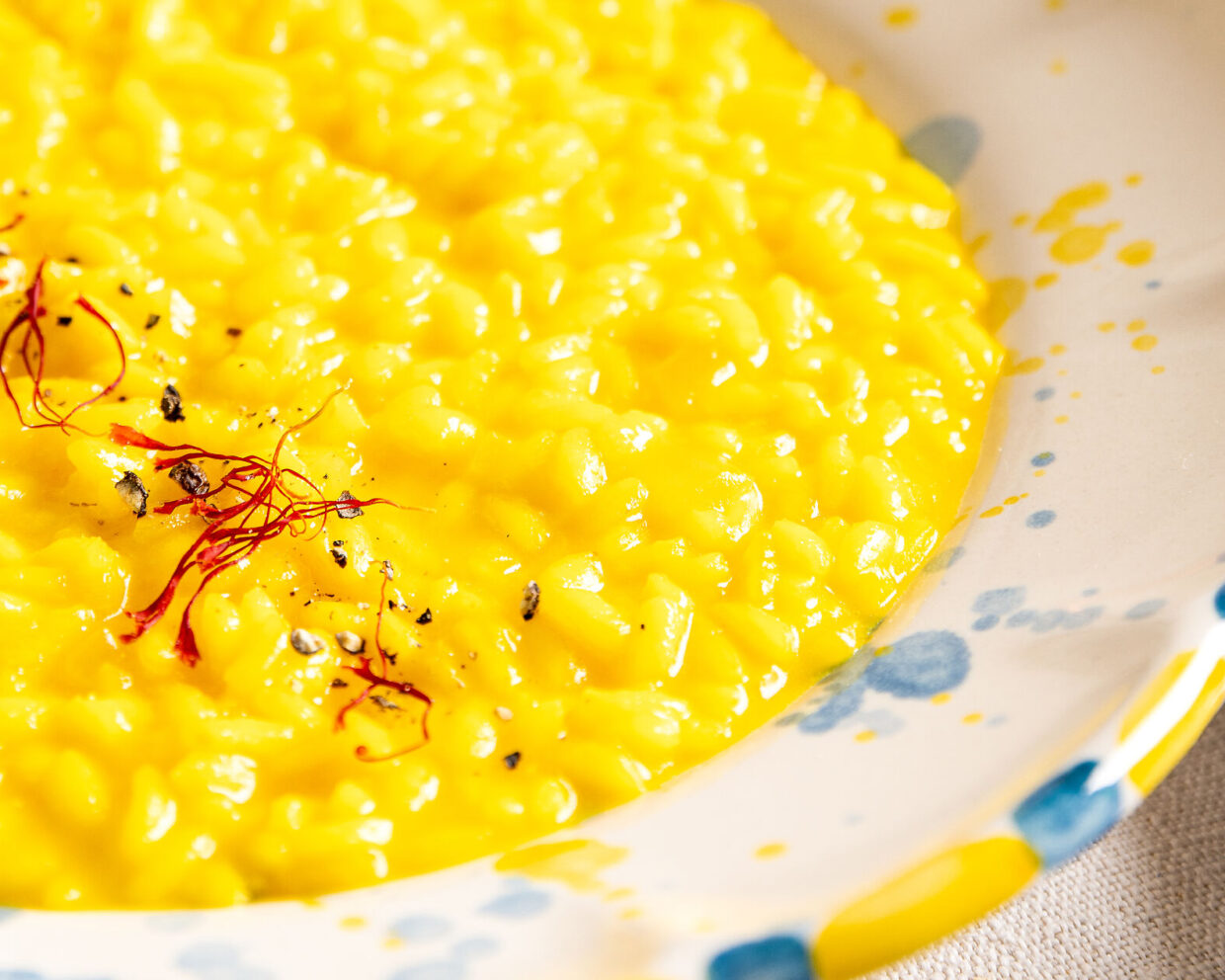
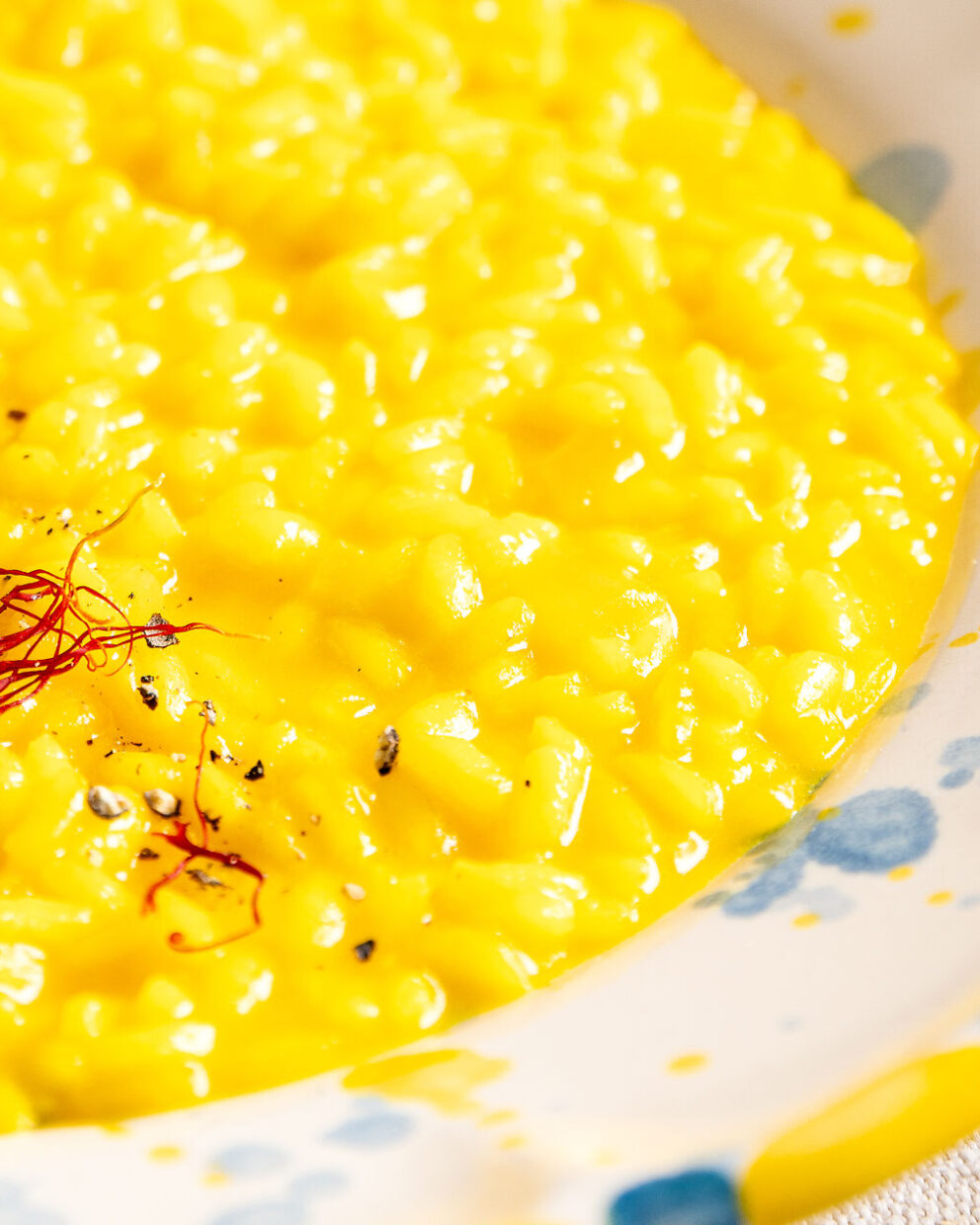
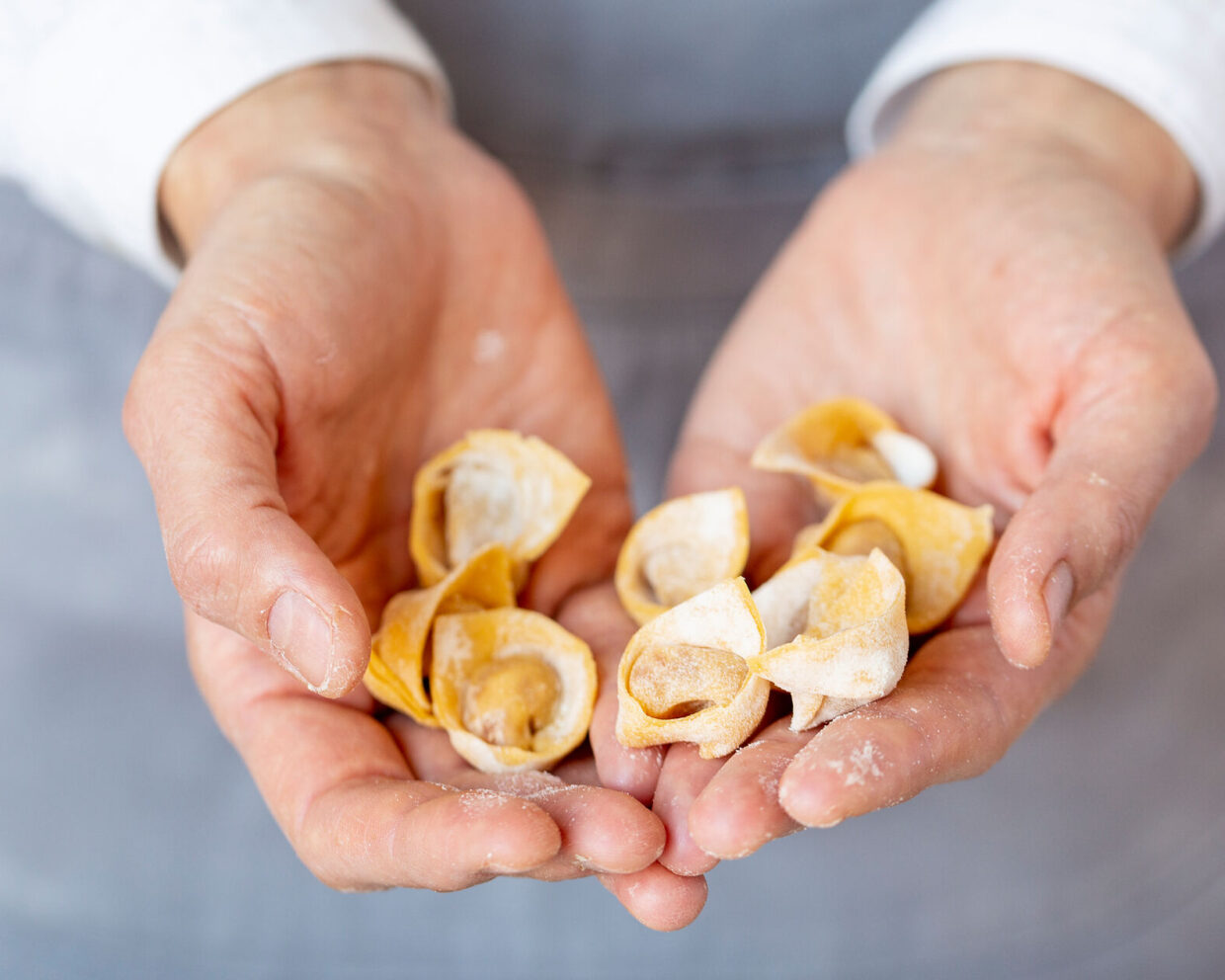
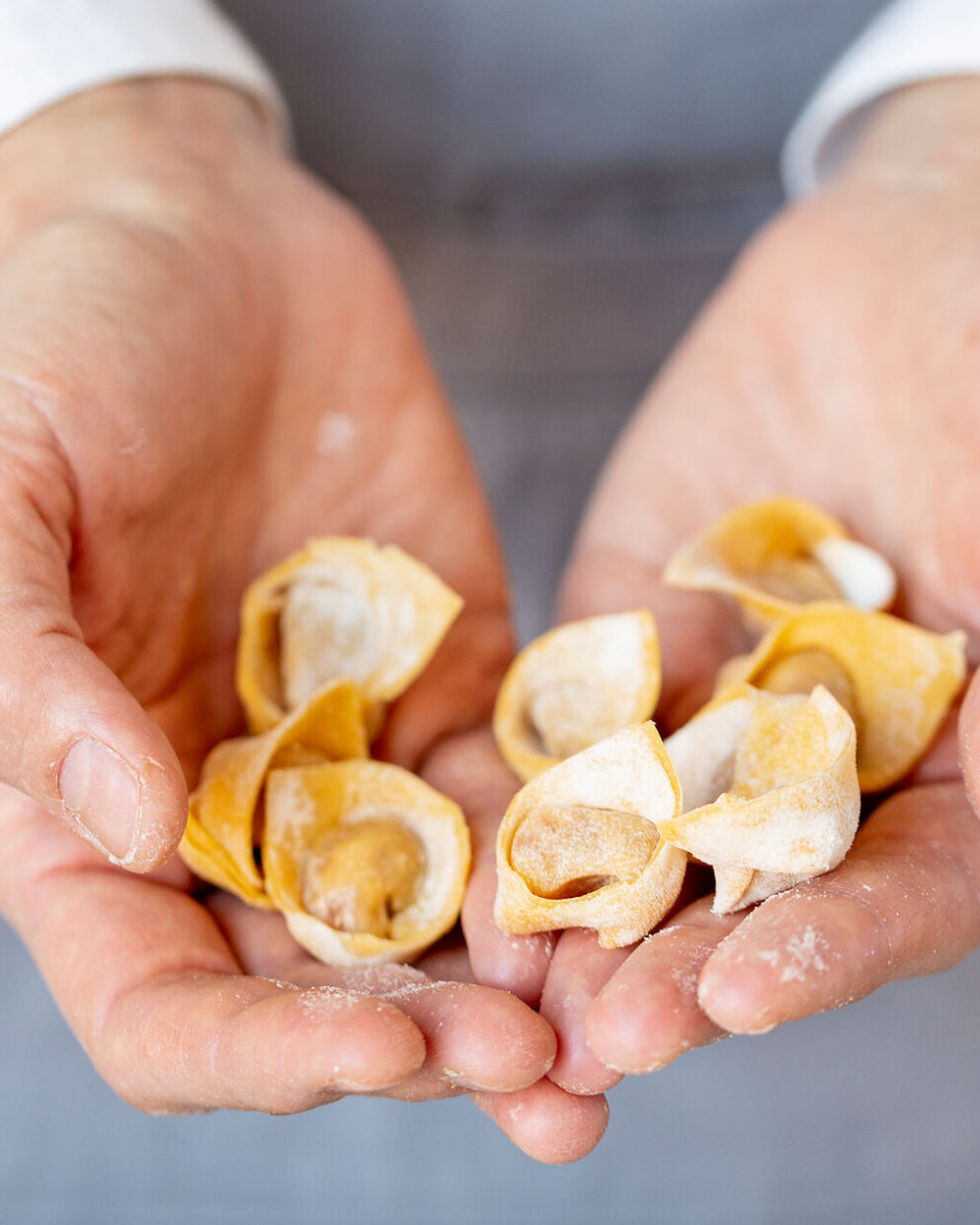
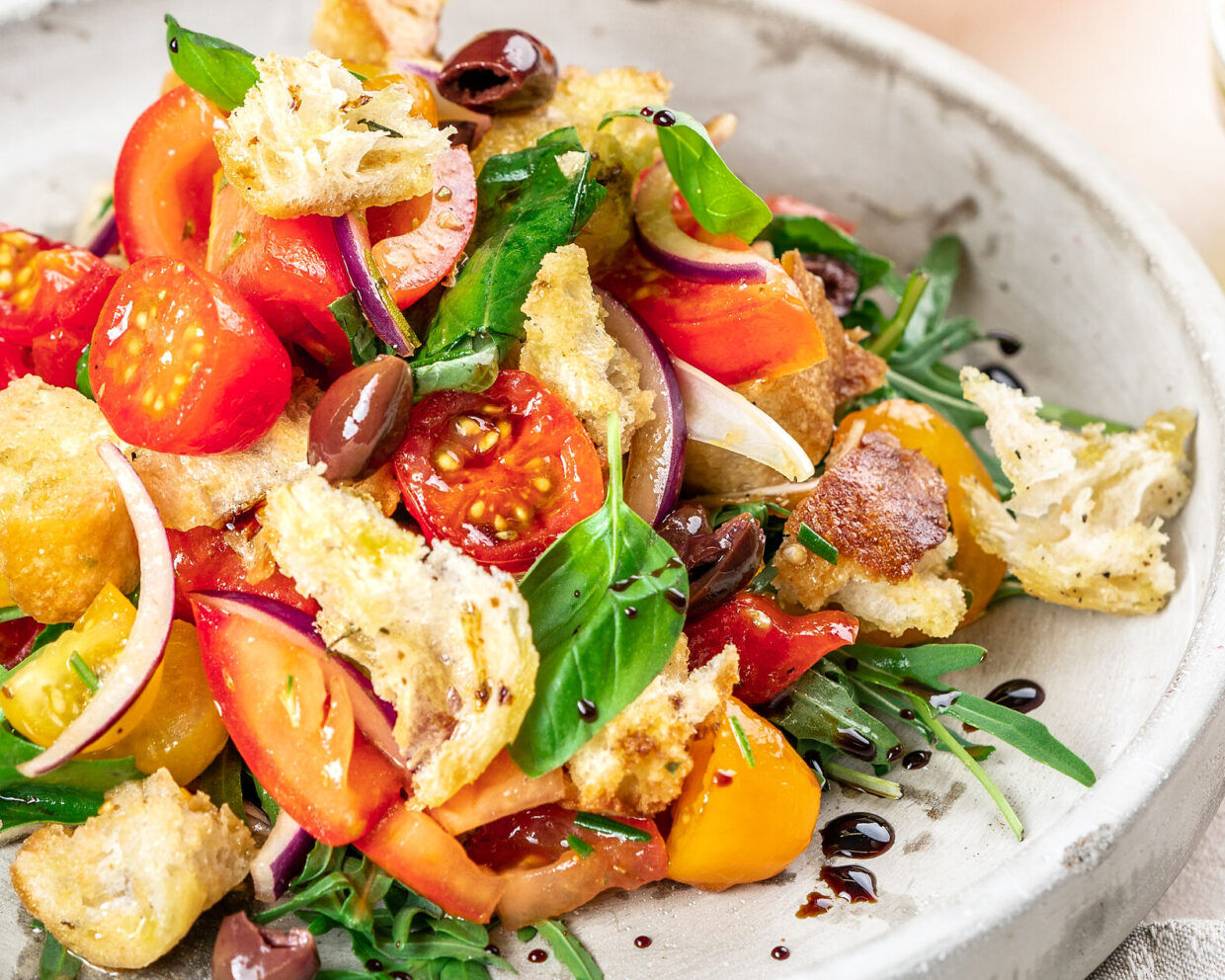
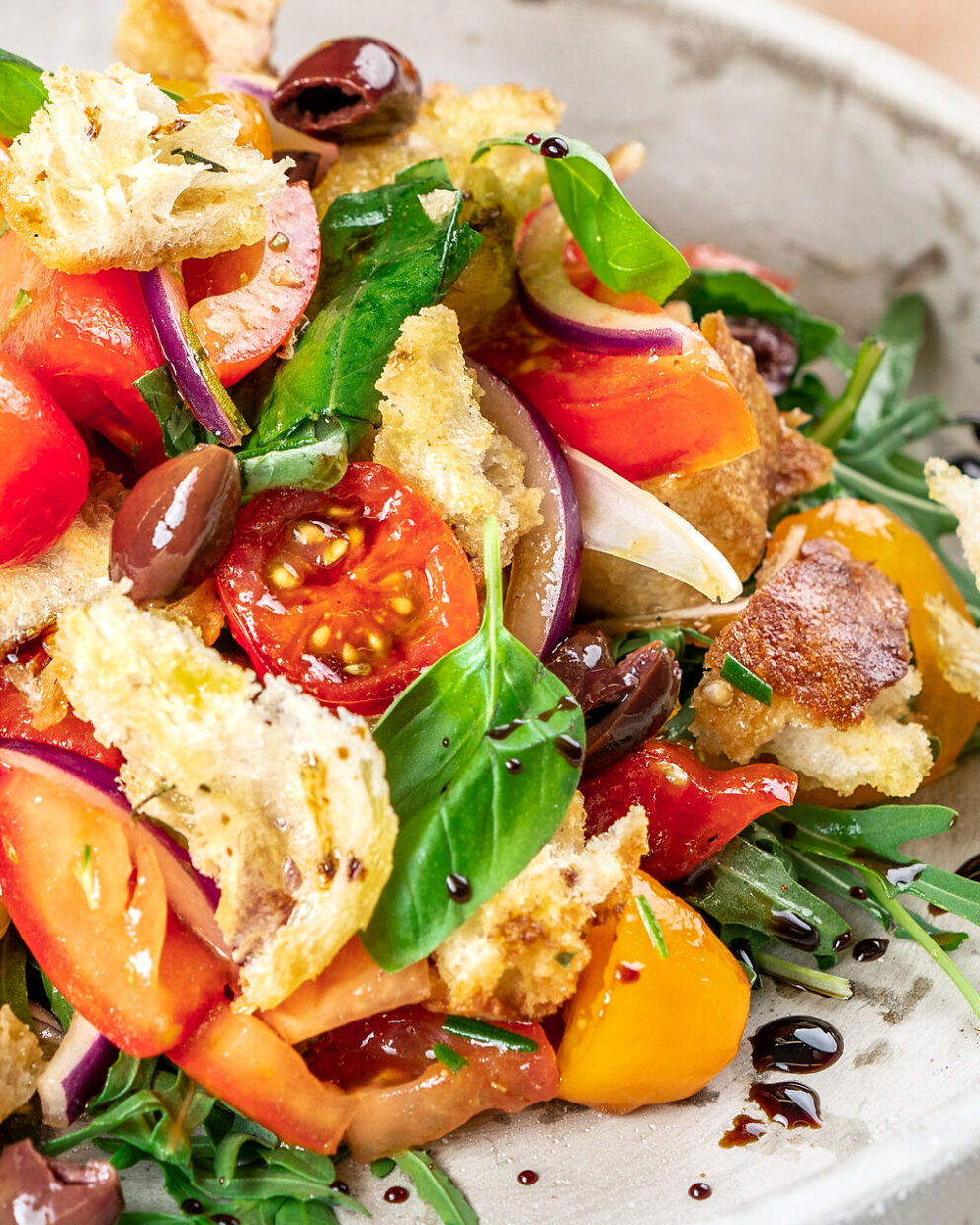
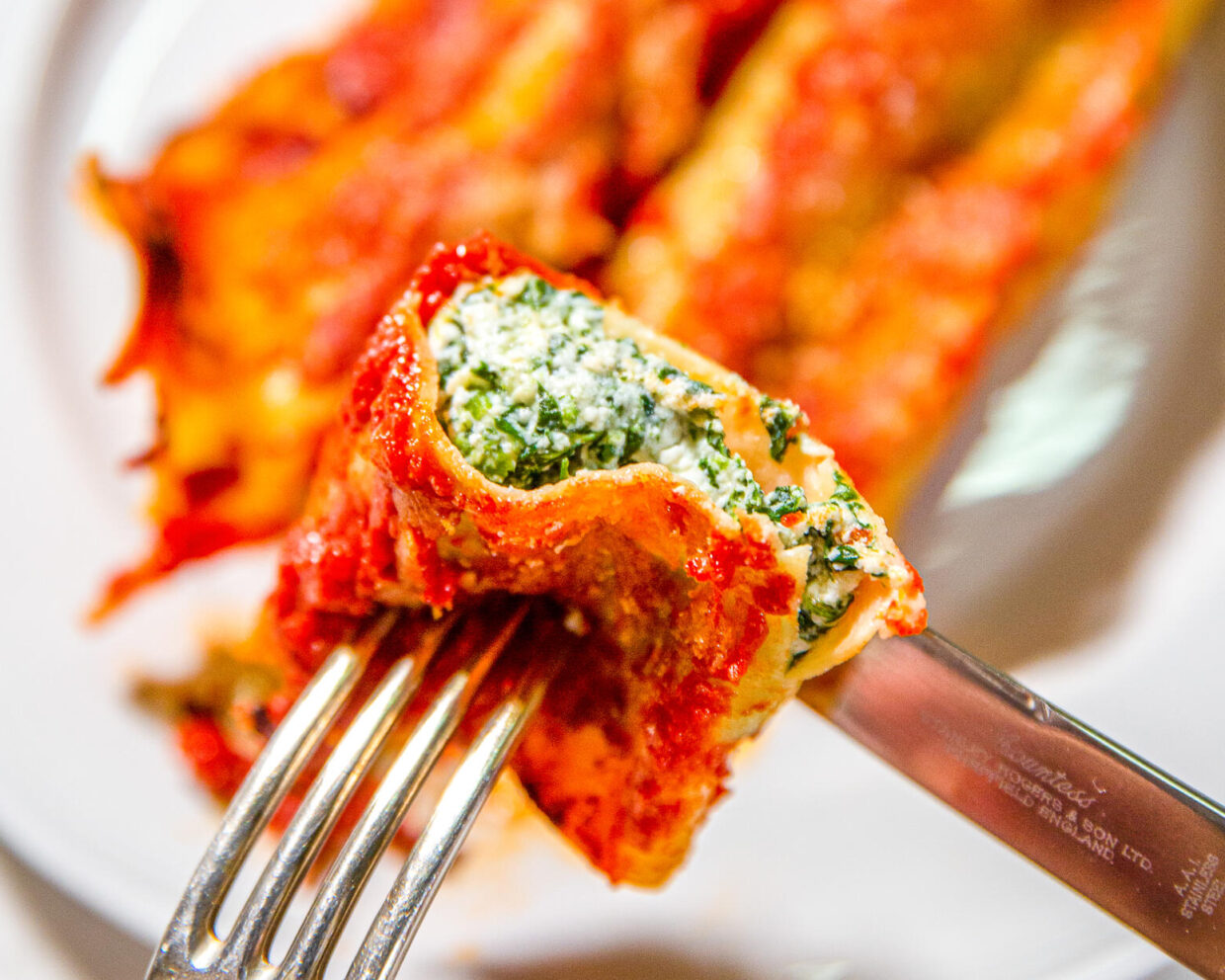
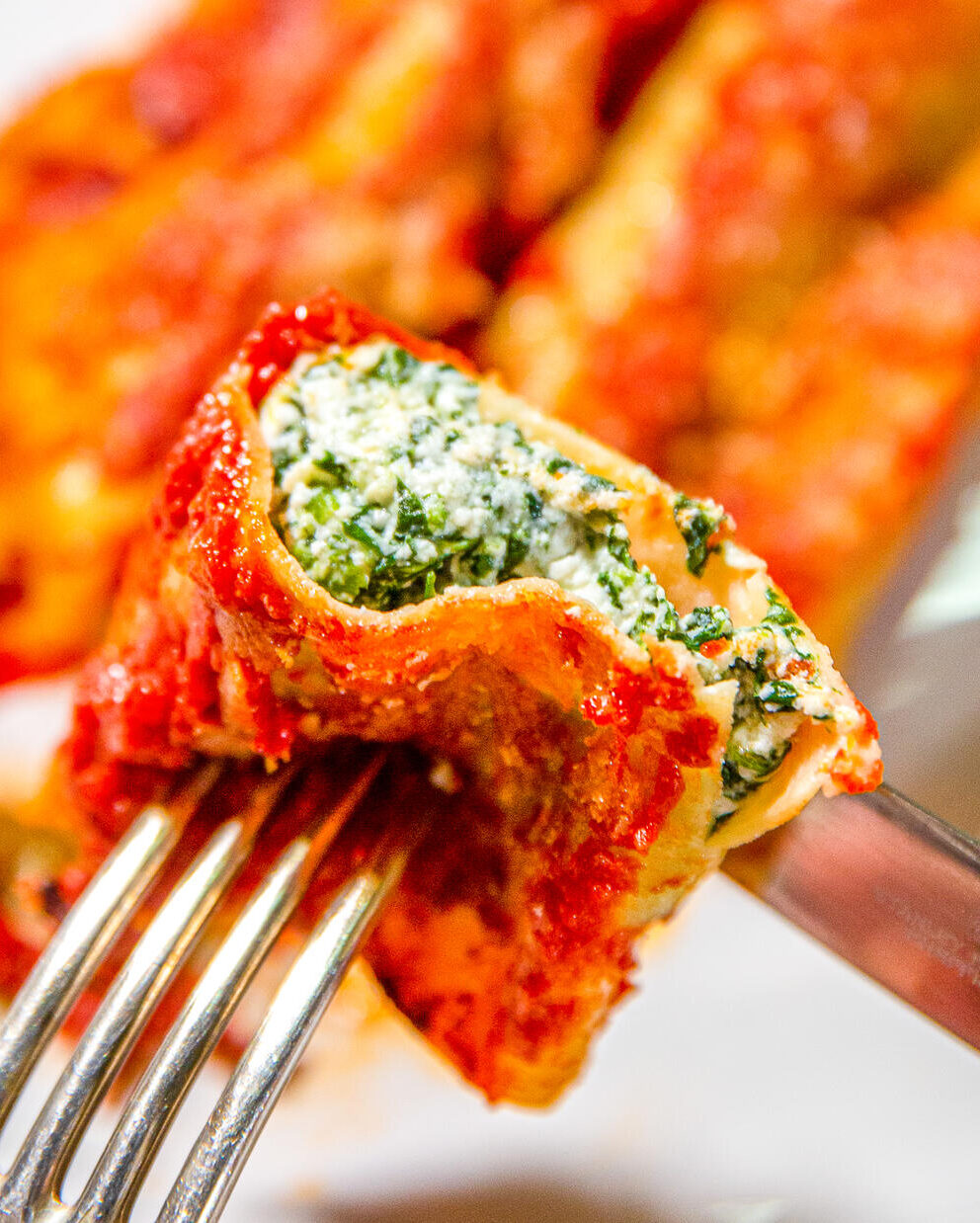
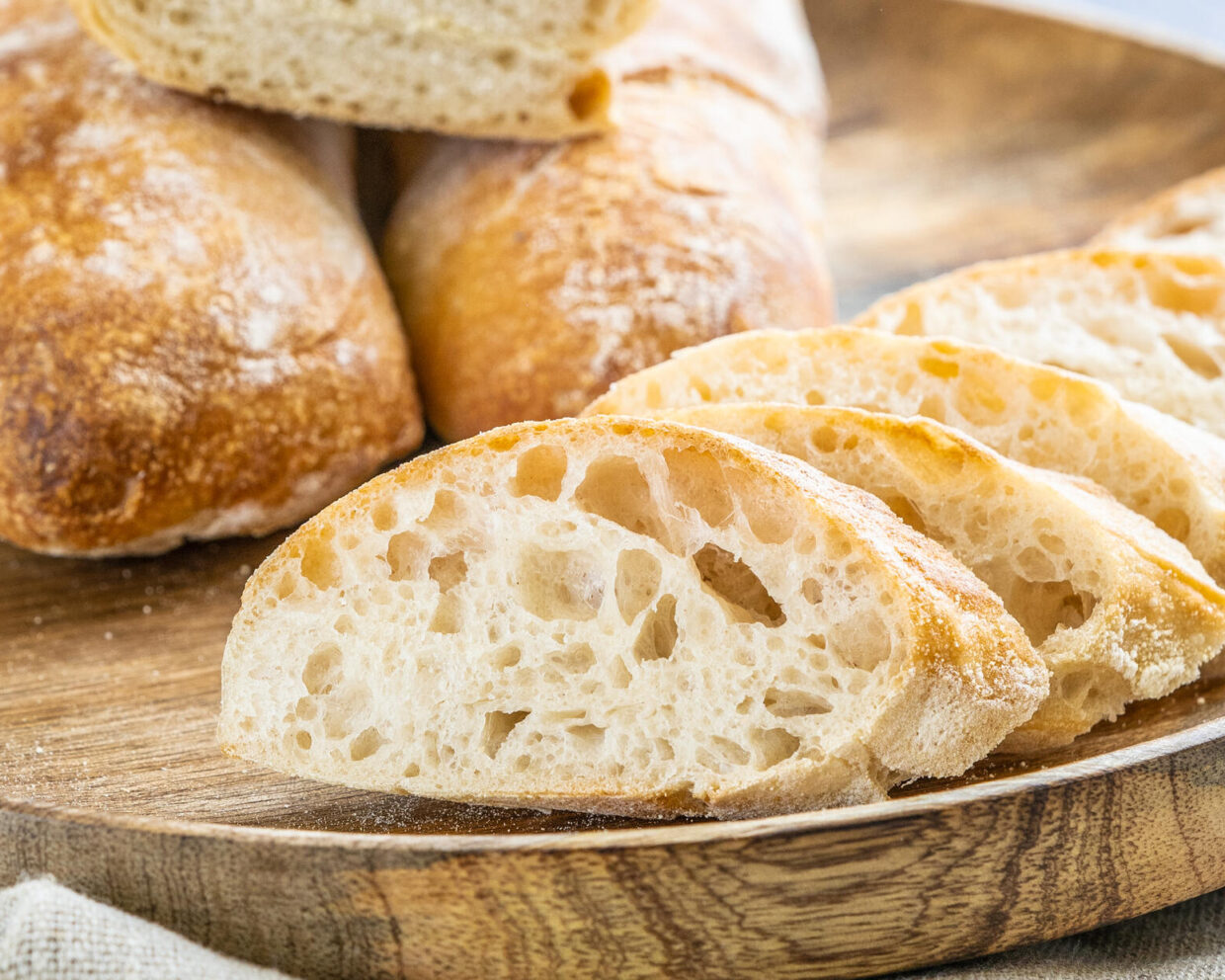
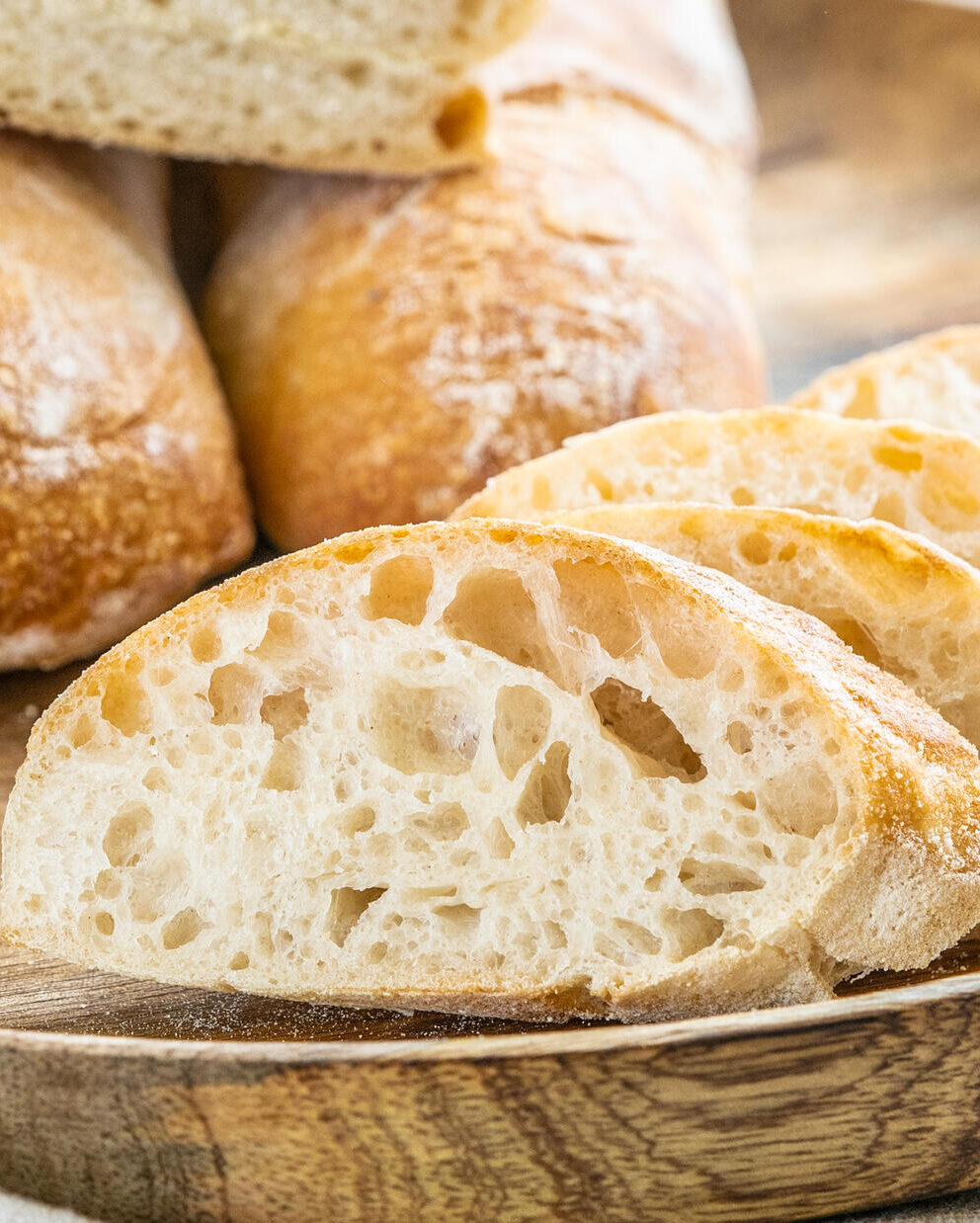
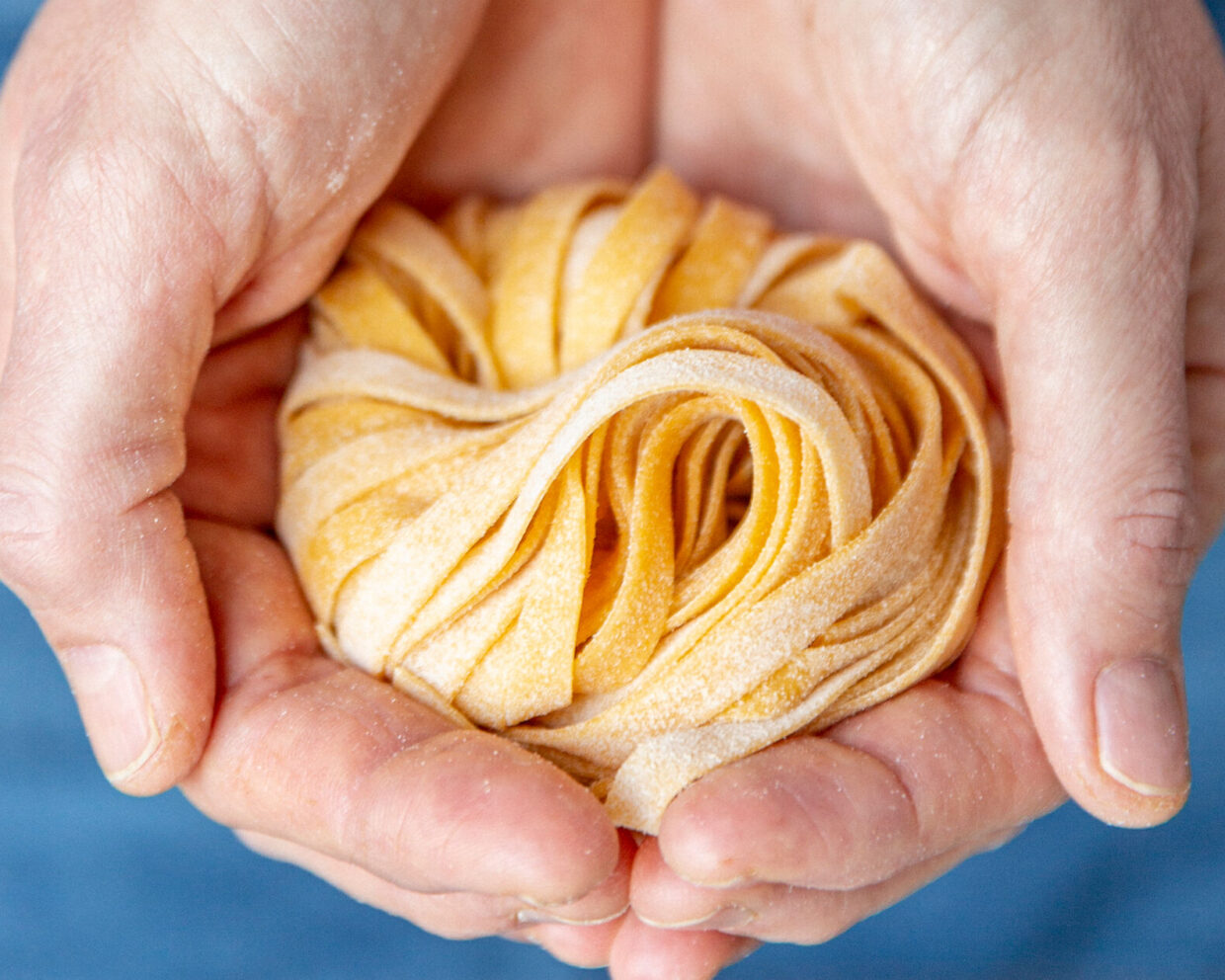
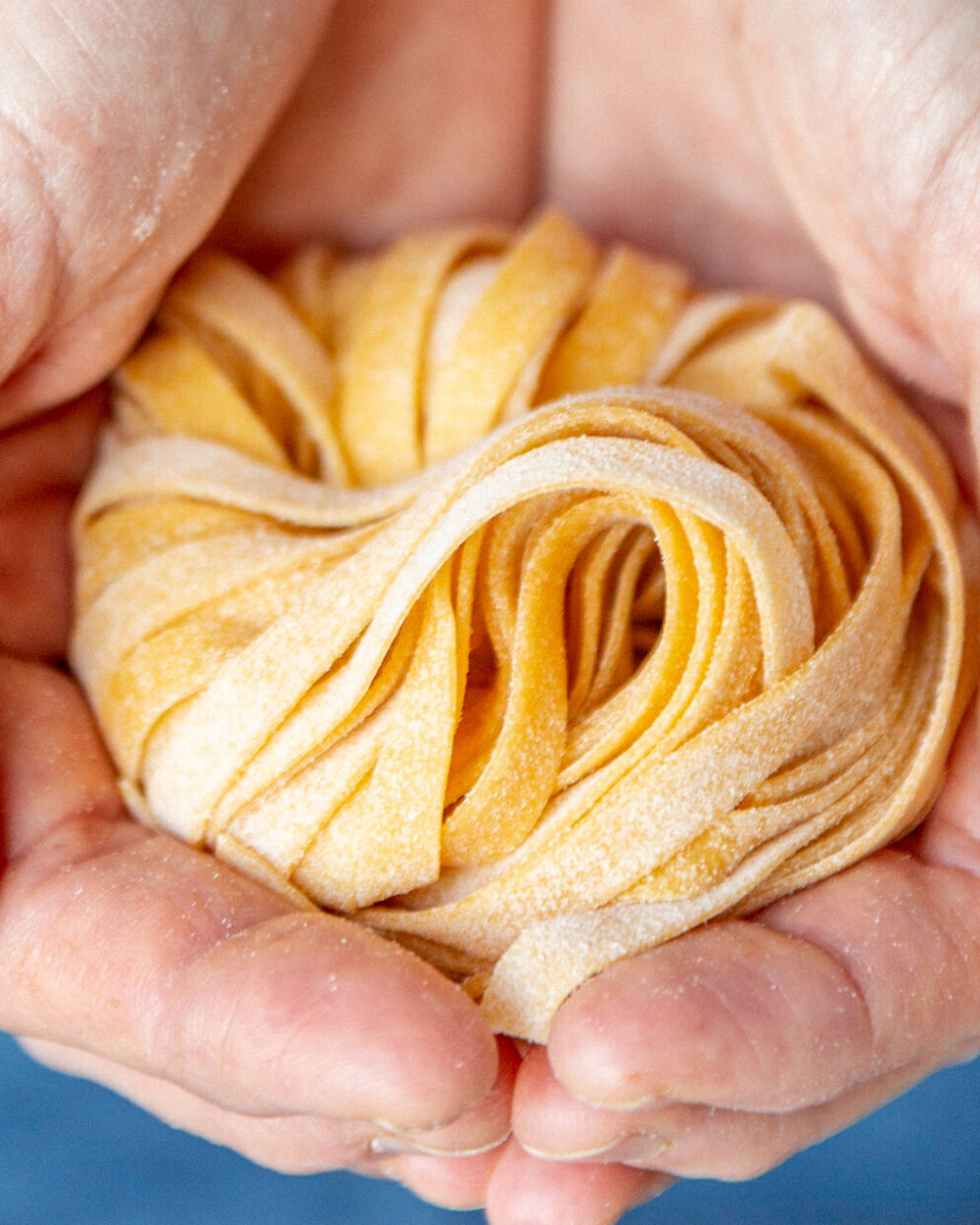
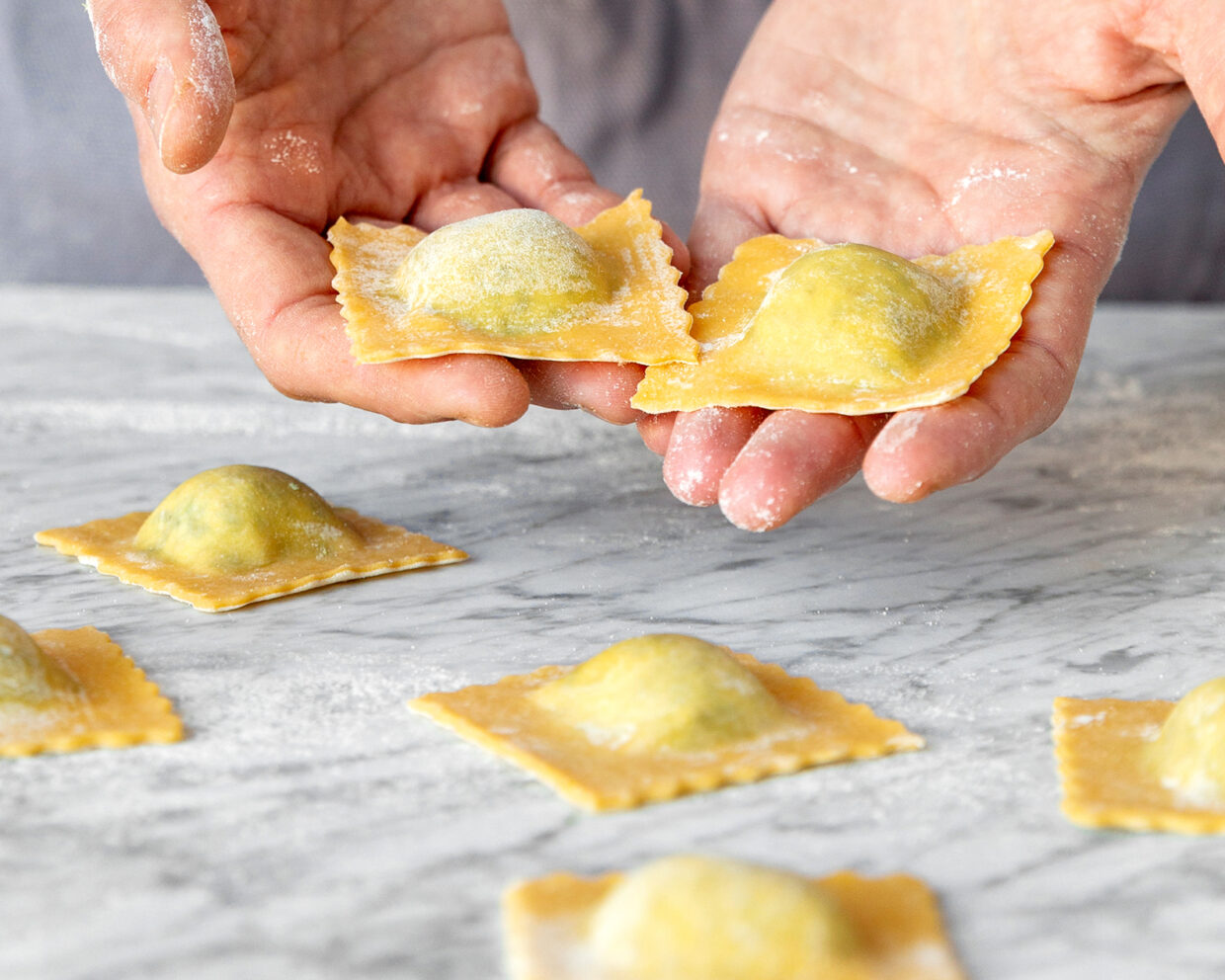
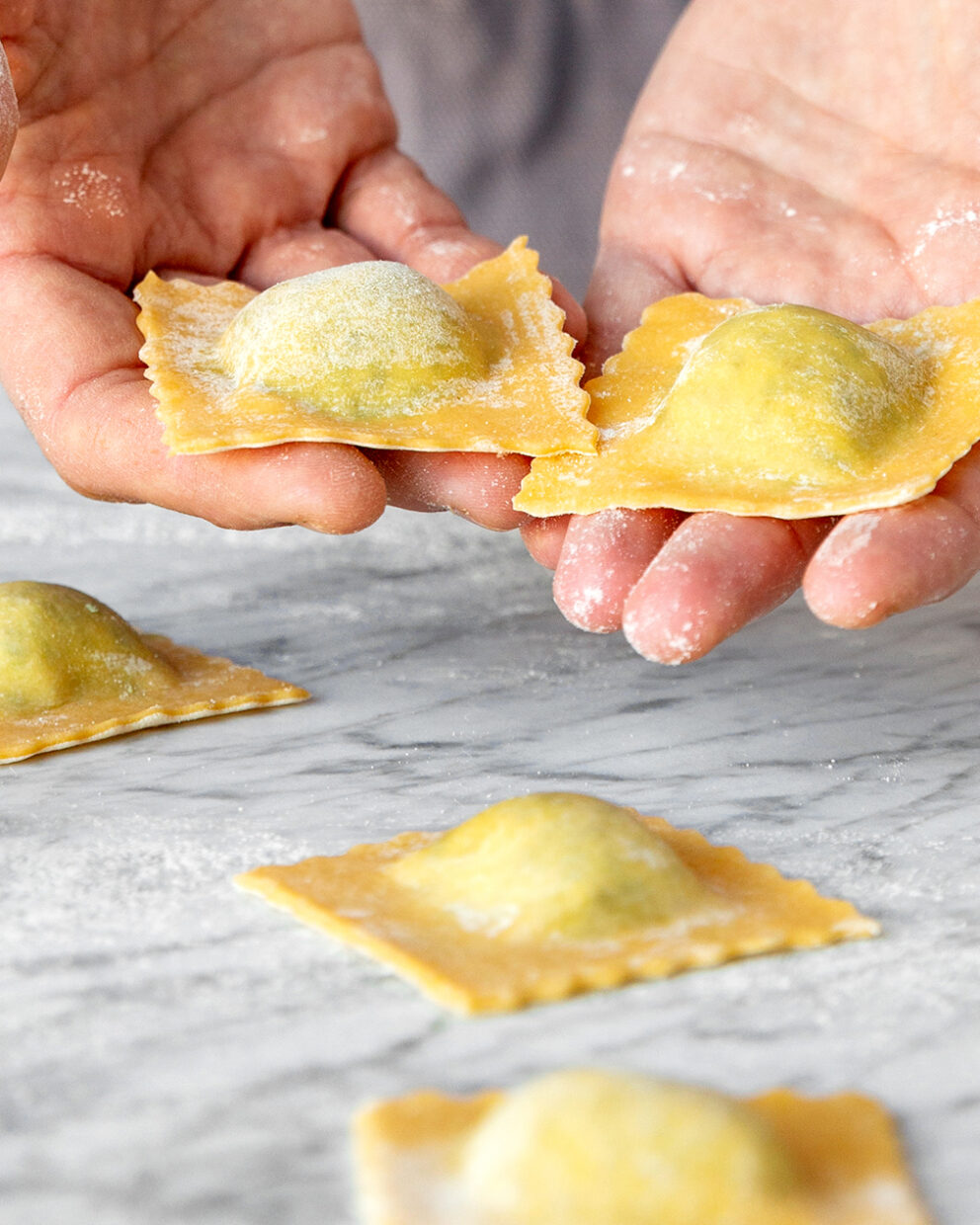
Want to share your thoughts? We're excited to hear what you think of the article. Tell us about your ideas, tips or questions! Leave a comment and share your knowledge with the community. Your opinion counts.
Write a comment